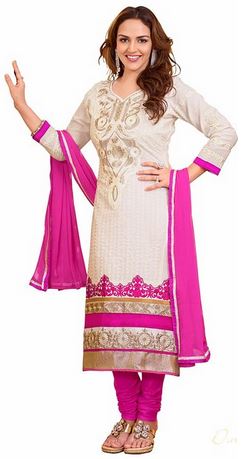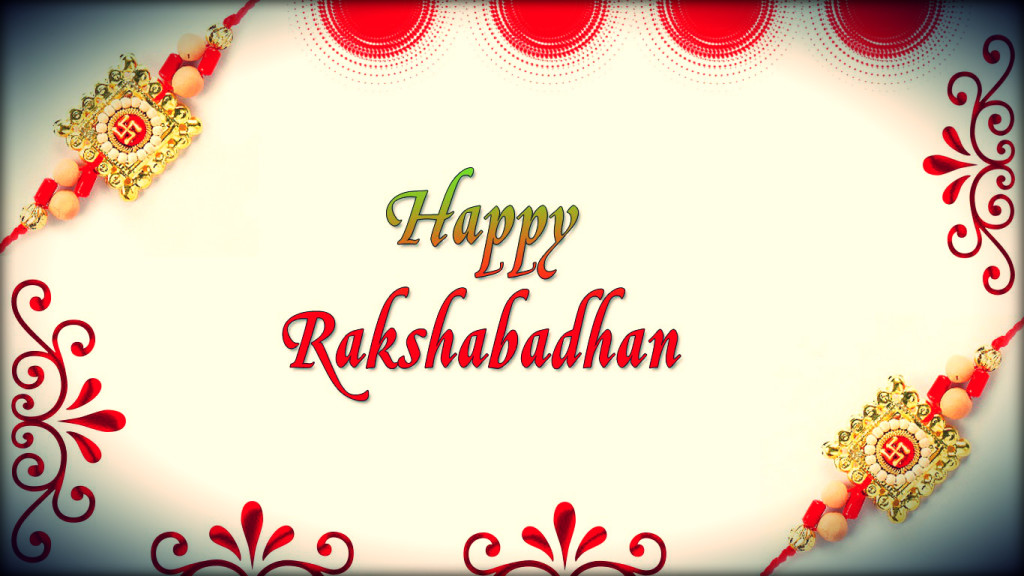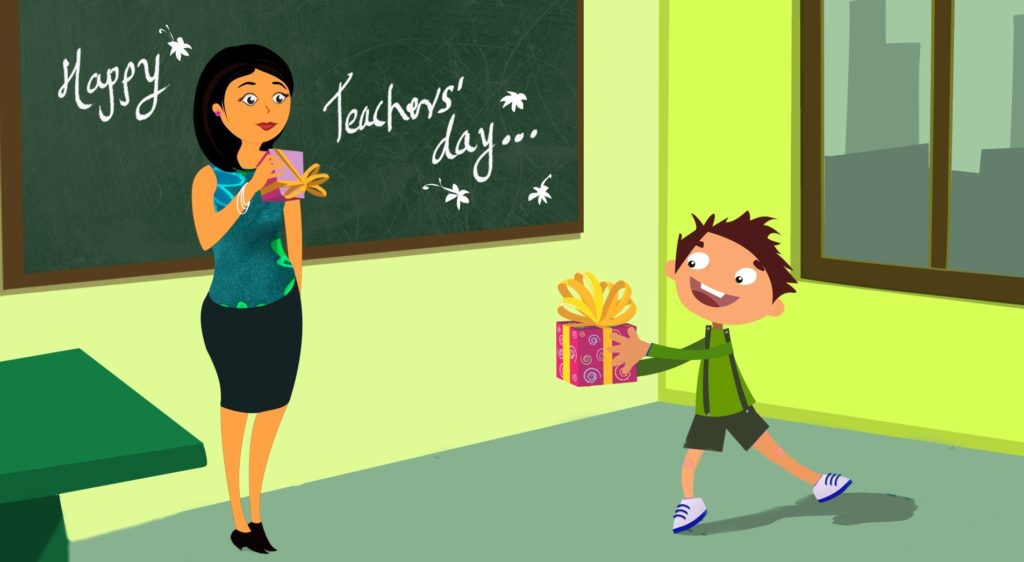After the gloomy, sulking and rather grey monsoons, we enjoy the glory of the autumn. The blue skies, the cotton clouds and a little bit of chill in the weather announces the arrival of winter in the distance. The faint fragrance of the Sheuli flower and the sight of the willowy Kash remind all of us, especially the Bengalis that Maa Durga is coming along with her children Kartikeya, Ganesh, Laxmi and Saraswati.
The Puja (a.k.a Durga Puja or Durgotsav) is the biggest festival for the Bengali Hindus. It is also celebrated as Navratri in other parts of India. Durga Puja is mainly celebrated in the month of Ashwin (which corresponds to the months of September and October in the English calendar). It is a ten day long celebration starting from Mahalaya to the ending of Vijayadashami (or Dussehra).
The last four or five days (Mahashasthi to Vijayadashami) of the celebrations particularly take a dramatic turn, during which the actual puja takes place. As with most other rituals stated in the Hindu religious scriptures, the devotees normally fast for a certain period during the pujas and/or consume a purely vegetarian diet. Alcohol consumption is also prohibited during the time of the Puja.
Durga Puja Celebrations
MAHALAYA
Mahalaya marks the official beginning of Durga Puja in West Bengal. It also the day on which Pitra Paksha (the fortnight of ancestors) ends and Devi Paksha (the fortnight of the Goddess) begins. On this day, most of the Bengalis wake up at around 4 a.m. and listens to Chandi Path (hymns from the scriptures of Devi Mahatmyam ) on All India Radio which had been recorded by Late Birendra Krishna Bhadra.
This Chandi Paath has become an inseparable part of Mahalaya for almost six decades now. Mahalaya also marks the end of preparations for Durga Puja, and there is one particular ritual which takes place on this day. The ritual known as Chokkhu Daan, is performed by the artisans who create the Durga idols. It is essentially the drawing of the eyes onto the Durga idols and also completion of the finishing touches.
The ritual signifies the welcoming of Maa Durga to her maternal home. It also points out the fact of Akaal Bodhon (the untimely worship), as the conventional time for Durga Puja was spring and not autumn. Mahishasuramardini is also a part of Mahalaya, the story of how Mahishasur was defeated by Maa Durga. It is simultaneously broadcasted on both radio (Chandi Paath, as mentioned earlier) and television (as a dance drama).
The first four days mainly see the development of the clay idol of Durga, from just a clay structure to a complete idol with ornaments, clothing and weapons. It is almost like preparation of a soldier before the war. Another way to view it is draw an analogy of how a woman is pampered with gifts and presents when she returns to her maternal home after a long time.
PRATHAMA
Mahalya is followed by Prathama. It is the first day of Navratri and also of Durga Puja. On this day Murti Sthapan, the placing of idols in the pandals or temporary temples takes place. Prayers are offered to the Devi and in old traditional family pujas, the families start to assemble at their houses starting this day.
DWITIYA & TRITIYA
These are respectively the second and third days of the Puja. On Dvitiya clothes and ornaments are offered to the Devi. The barren idols are now clad in saarees and ethnic ornaments.
Jewellery
On the third day, the Devi is offered her weapons, with the help of which she will eventually defeat the evils. Since Goddess Durga was blessed with ten hands, the number and types of weapons she carries is not a small number either – chiefly seven. She also carries the Trishul (the trident of Lord Shiva). It is one of the most powerful weapons according to Hindu mythology and goddess is depicted using it to slay the demon.
Sudarshan Chakra is another important weapon provided by Vishnu. It signifies the power of Goddess representing the entire universe. The Shankh or Conch Shell given by Varuna signifies the power of Om (the most primitive sound in the universe). The bow and arrow represent energy thus signifying that the Goddess is the controller of energy. Indra had provided her with his thunderbolt; the thunderbolt is representative of the rage one must possess to destroy Evil.
Maa Durga also carries a sword, the sharp blade of which symbolises that knowledge shines through all of darkness. All these weapons had been acquired by Durga when she was born as Shakti, a convergence of powers of all the Devas (Gods) in this universe. Goddess Durga also carries a half – bloomed lotus in one of her hands, which shows that humility is a key to success.
CHATURTHI & PANCHAMI
The fourth and fifth days are when the celebrations begin in the whole of Bengal, as well as Eastern India. Many people start visiting the grand pandals to avoid the rush in the latter half. Dussehra gifts and sweets are exchanged and people flock to the marketplaces for dussehra gift suggestions. Panchami is co-incidentally the last day before the important pujas begin.
Sweets
MAHA SASTHI
Mahasasthi marks the beginning of the actual Durga Puja. ‘Sasthi’ is a loose derivation from a Sanskrit word meaning “the sixth day”. There are certain ceremonies that are conducted to welcome Uma / Durga as she leaves her heavenly abode to come down to her father’s home.
The rituals include Kalparamvo (the beginning of the pujas), Bodhon (the consecration of Maa Durga’s idol), Amantran (inviting the Goddess), and Adhivas (sanctifying the stay area of the Goddess in the pandals). Keeping in touch with the Bengali traditions, most of the preparations and rituals are performed by women as it is a case of a daughter returning to her maternal home. They set up a Ghat and also perform Aarti. On this very day, the veil on Durga’s face is removed and her face is unveiled for the first time.
Many Puja pandals are inaugurated by celebrities on Sasthi (this is a rather very recent fashion of sorts). Young and old Bengalis, looking their best, swarm to the pandals.
Ethnic Women Wear
MAHA SAPTAMI
This marks the seventh day of the celebrations. It’s one of the prime days of the when the idol is officially given life. “Pran Pratistha” is completed soon after the bathing of the “Kola Bou” (a tender banana plant) is done. Bengalis believe that the “Kola Bou” is the wife of Lord Ganesha, the son of the deity Durga. Nabapatrika is also performed on Saptami. Nabapatrika or the nine plants of worship depicts nine forms of goddess Durga.
Essentiallly Nabapatrika worship is the whole of Navratri done on a single day. In the early hours of Saptami, the twigs of the white aparajita plant along with nine bunches of yellow threads are used to tie the Nabapatrika. They are then bathed.
In the old times the holy bath was an elaborate affair. It was comparable to the coronation of a King. All the nine plants representing the nine Goddesses were bathed with waters from 9 different holy places. Over the years this elaborate ritual has shrunk to a small affair. Water from the Ganges or some nearby pond is used. The whole of Bengal filled with the tunes of the Dhaak (a traditional drum).
MAHA-ASHTAMI
Ashthami, the eighth day was traditionally reserved for buffalo sacrifices to commemorate the victory of the Goddess over the buffalo-demon Mahishasur. These days, however, there are no more sacrifices, except for a few incidents that may occur in the orthodox villages in the remotest areas. The Indian government and the modern wave of animal love and compassion discourage them too.
The devotees of Goddess Durga start the celebrations of Maha Ashtami with the recital of Sanskrit hymns in community puja pandals. They offer anjali to the deity. In a number of traditional and household pujas, the Kumari Puja, the “worship of little girls” as the mother goddess, is a special part of the rituals being observed.
As the day wears on, it is time for the significant Sandhi Puja (evening worship) with the India famous Sandhya Aarati & Dhunuchi Naach. The “Sandhya Aarati” (evening prayer) with 108 numbers of oil lamps is one of the most interesting acts of this evening.
Kumari Puja on Ashtami:
During Durga puja, the divine mother is worshiped in the form of a girl child, preferably with a calm disposition, a bright mind, a good lineage and belonging to a Brahmin family. Thus, the goddess finds repose in a human form whose age may vary from 1-12. Depending on that, they are worshipped in different forms- Sandhya, Saraswati, Tridha, Kalika, Subhaga, Uma, Malini, Kujjika, Kalsondarbha, Aparajita, Bhairavi, Mahalxmi, Pitnayika, Khetragaya & Ambika.
The ritual which is usually held on ’Ashtami’, involves bathing the girl in the water of the Ganges, draping her in a red Benarasi saree and adorning her with flowers and jewellery. Her feet are coloured with liquid vermillion and her forehead bears a mark of the same. She sits on a special platform in front of the idol of the goddess and the priest worships her, chanting verses, placing offerings at her feet and conducting all the rituals that have been prescribed in the scriptures for this ceremony.
MAHA NAVAMI
On the ninth day of the Puja, the Navratri festivals are celebrated with pomp, in various other parts of the country. The main Navami puja begins after the end of Sandhi Puja – a ceremony that takes place towards the end of Ashtami Puja and concludes prior to the beginning of Nabami. In this puja, Devi Durga is worshipped as Chamunda, a fiery form she she had assumed in the course of her battle to slay Chanda and Munda, the two accomplices of Mahishasura.
It is said that Mahishasur had attacked her from the rear, while she was busy fighting the other demons. The high point of Navami is offering the goddess a “Maha Bhog” (a culinary spread) which is later offered to devotees. Devouring “Khichuri Bhog” is something all Bengalis look forward to on Navami. It’s a preparation of rice and pulses boiled and cooked together with special spices.
Many puja committees arrange for a mass distribution of this delicacy. People who come for a darshan on Navami, leave with their stomachs full, irrespective of where they come from.
VIJAYA DASHAMI
Vijaya Dashami is the final day of the festival after which the Devi Durga must return to her abode on Kailash with her children. A feeling of gloom hangs in the air as we prepare to bid her goodbye.
Before the goddess begins her journey, the women flock to the pandals to apply sindoor (vermilion) on the forehead of Devi and greet her with sweets and betel leaves, asking her to return to her paternal house the next year. The ceremony called “Devi Baran” is akin to the one practised when a Bengali bride, after her wedding, officially leaves her paternal home to go to her husband’s house. After the “Devi Baran”, the married women get involved in another interesting ritual known as “Sinoor Khela”. In this joyous ritual, the married women are smear vermilion on each others faces & celebrate the closing ceremony of the most awaited Bengali festival.
The final event is the immersion of the goddess in the Hooghly (Ganges) River which is believed to be a route to get back to her husband, Shiva. When the immersion is complete, the Bengali people greet each other by saying “Shubho Bijoya” this wishing one another a good fortune.
Thus after ten days the festival which is a melting pot of culture, art, faith, and harmony comes to an end. But the thing about Bengalis is that the moment the celebrations of the current year end, the preparations for the next year begins with high hopes and dreams. If you happen to be in Bengal on Vijayadashmi, you won’t miss the sound that the streets are filled with: “Aasche Bochor Aabar Hobe!”









